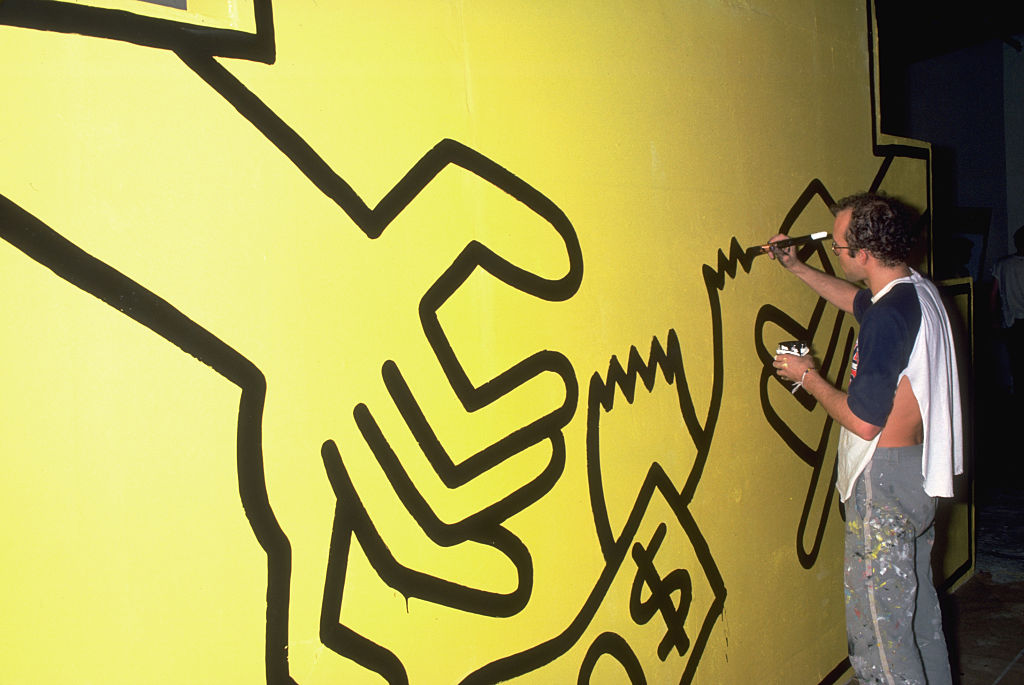Where could you go to see an in-depth museum exhibition focusing on an iconic 1980s New York City visual artist — and, more specifically, focusing on some lesser-known aspects of that artist’s work? If your answer was “the World Chess Hall of Fame in St. Louis,” congratulations; you are indeed correct. The museum is currently hosting Keith Haring: Radiant Genius, and its comprehensive approach to Haring’s life and work offers one of the fullest takes on his art to date.
At the time of Haring’s 1990 death, the New York Times offered a concise overview of his most famous works. “Among his best-known images were the ‘Radiant Child,’ a crawling infant surrounded by rays of light, and the ‘Barking Dog,’ an alligatorlike creature that looked as if it had emerged from an Aztec hieroglyphic,” wrote Andrew L. Yarrow.
Writing at Hyperallergic, Eileen G’Sell explored what Radiant Genius can tell audiences about Haring. G’Sell begins by noting that Haring has long been contrasted with his contemporary David Wojnarowicz, but that casting them as opposites is far too easy. “Just as Wojnarowicz should not be remembered wholly for his brooding, uncompromising mien, it would be a mistake to remember Haring strictly for his unbridled exuberance,” G’Sell noted.
G’Sell’s article argues convincingly that the show offers a wider spectrum of Haring’s work — from the sexual to the anxiety-inspiring to the ominous. It includes a host of his best-known work, but it also allows viewers to see his politically-charged art addressing apartheid. The result sounds like the ideal manifestation of what can emerge from a survey of one artist’s work — a chance to see what they did best and take in the full scope of their artistic creation.
Thanks for reading InsideHook. Sign up for our daily newsletter and be in the know.
